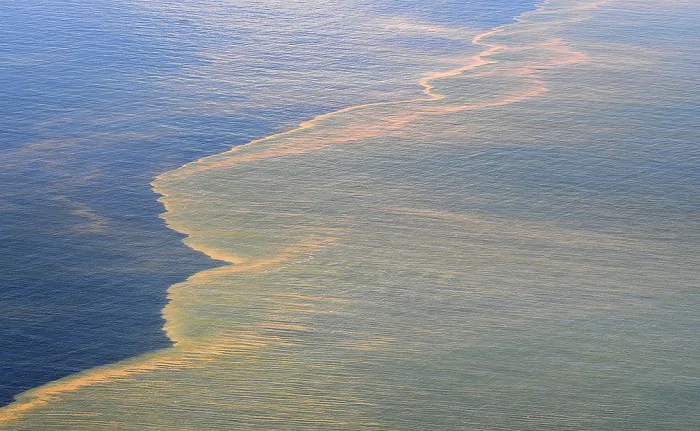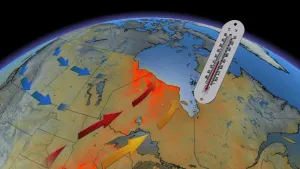
Sunlight can help dissolve oil into seawater, new study finds
The study's authors said the findings could reshape the future of oil spill research.
The 2010 Deepwater Horizon oil spill was disastrous, an ecological catastrophe triggered by an explosion that damaged the Deepwater Horizon oil rig on April 20, causing it to sink two days later.
Eleven people died, and nearly 210 million gallons of crude oil seeped into the Gulf of Mexico. Since the spill, some of that oil has biodegraded, some has evaporated, and some of it has washed up on shorelines.
And now, in a new paper appearing in the journal Science Advances, a team of researchers at the Woods Hole Oceanographic Institution (WHOI) has found close to 10 per cent of the oil from the spill was dissolved into seawater by sunlight.
It's a process called "photo-dissolution," and co-author Collin Ward, an assistant scientist in WHOI's Marine Chemistry and Geochemistry Department, said in a statement the amount of oil converted by the sunlight "rivals that of commonly accepted oil fates, like biodegradation and stranding on shorelines."
"If this sizable fraction of oil is being transformed by sunlight and is dissolving into seawater, that might mean that less oil is ending up in other places, like sensitive coastal ecosystems," lead author Danielle Haas Freeman, a Massachusetts Institute of Technology/WHOI Joint Program student, said in the same statement.

Oil from the Deepwater Horizon oil spill as it approached the coast of Mobile, Alabama on May 6, 2010. (Wikipedia/Petty Officer 1st Class Michael B. Watkins/U.S. Navy) Public Domain.
"However, we have to consider the impacts of the compounds on marine organisms before we can decide if the net result is positive or negative."
There are still a few unknowns. Ward said the toxicity of the sunlight-dissolved compounds isn't clear, and scientists don't know if water containing dissolved surface oil is harmful to aquatic life.
Scientists have been aware of photo-dissolution for more than five decades, but the recent study zoned in on what role it plays in oil spill cleanup by using LED reactors to measure how oil dissolves at different wavelengths and in different conditions.
The team created hypothetical oil spills comprised of various oil thicknesses, that took place during different times of the year, in a range of geographical locations, and in different types of light.
"The importance of this process changes dramatically if you are looking at thin versus thick oil slicks," Freeman said.
"We also found, contrary to popular belief, that this process is relevant in Arctic waters, a particularly important finding given the expected increase in cargo ship traffic and heightened risk of spills in that region."
Researchers say the findings could help reshape the future of oil spill research. That's good news, because even though the number of annual large oil spills is falling, down from an average of 24.5 spills annually in the 1970s to 1.7 oil spills per year in the 2010s, they still happen far too often.
The toxic spills, combined with the 8 million pieces of plastic entering the world's waterways every day, are making the ocean an increasingly inhospitable place to the countless species that depend on them for survival.










